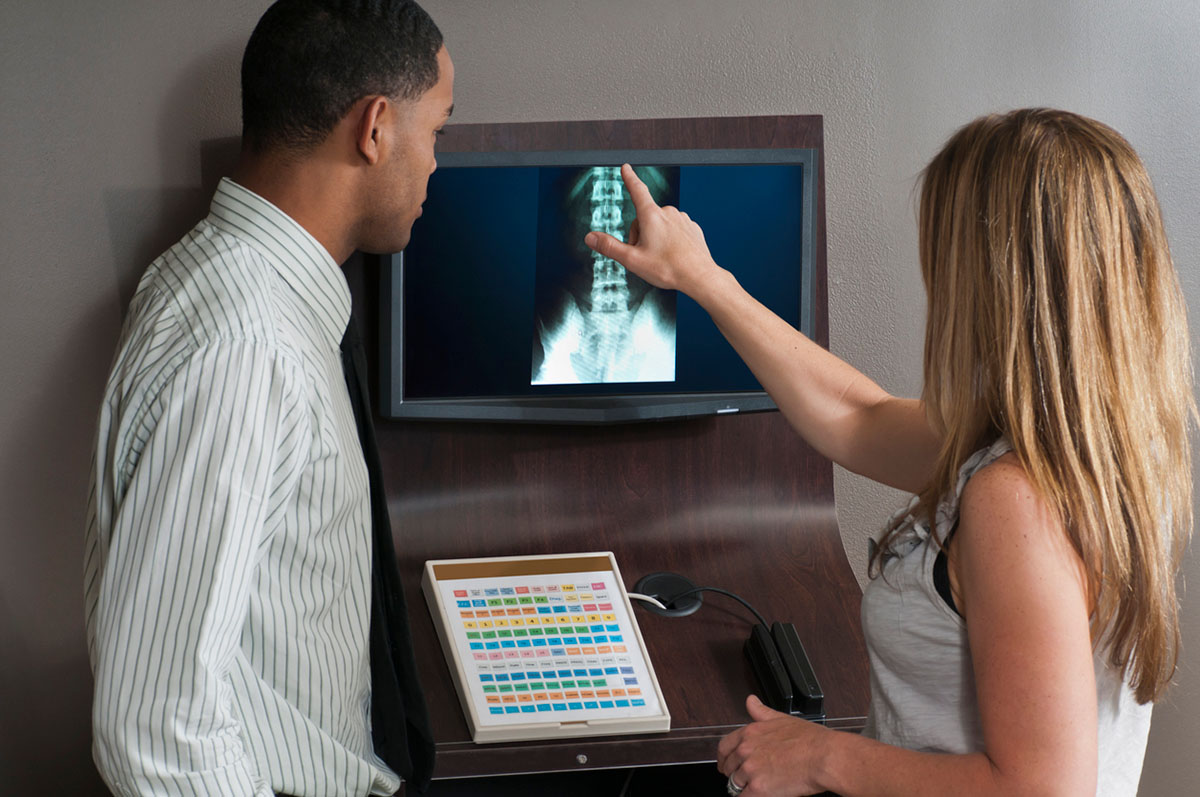Getting a Second Opinion on X-rays
By: Dr. Kevin McIntyre B.Kin., DC
Seeing a chiropractor is not just about getting treatment. Chiropractors are primary care experts who can read x-rays, diagnose, and thereby help manage challenging musculoskeletal conditions, especially those that aren’t recovering as normally expected.
To be a chiropractor in Ontario, a person must complete a minimum of three years in university to then be able to apply for the competitive, four-year program of full-time study. Once admitted, the curriculum puts a large focus on reading x-rays and diagnosing musculoskeletal conditions. This focus offers chiropractors a unique skill set that greatly benefits patients. For example, when a person gets an x-ray through the normal medical channels, they don’t get to meet the radiologist and explain their specific area of pain. The radiologist does not perform a physical examination of the patient to correlate imaging findings.
Review X-rays and Get an In-person Examination at the Same Visit
At Burlington Sports Therapy, we can sit down with patients and review their x-rays with them, and we can perform an in-person examination at the same visit. Sometimes, there are subtle clues in imaging that can explain why there is pain. This certainly does not mean that every patient requires imaging. In fact, it’s quite the opposite. It’s just that chiropractors offer a unique opportunity for patients to review their actual images (not just a report) with a practitioner who is also able to examine their injury on the spot and offer up-to-date, evidence informed exercises and strategies for recovery.
Reports often don’t tell us the entire story, and findings can sometimes be misunderstood. For example, x-ray reports often list arthritic degeneration as a finding. This needs to be put in perspective, however. A person in their seventies can be expected to have arthritic degeneration in their spine. If their report suggests that they have mild arthritic change, then that’s pretty good! This can be considered somewhat normal. Sometimes we see severe degeneration in an area, but it isn’t even the area that is painful for a patient. Imaging reports can sometimes identify unrelated changes in tissues and can also fail to identify something that is clinically relevant. A common example of this is in the shoulder. We often see partial tears in shoulder ultrasound reports, yet some research has found that this is common after a certain age, even in people without any pain. Again, the challenge is to make sense of what we see on x-rays and ultrasounds, and that usually requires an in-person examination.
If you’ve never been to a chiropractor and you have a nagging injury that won’t cooperate, please give us a call. Patients often attend our clinic to get a second opinion on their diagnosis, the treatment approach they have been given, and a better idea of their prognosis.









